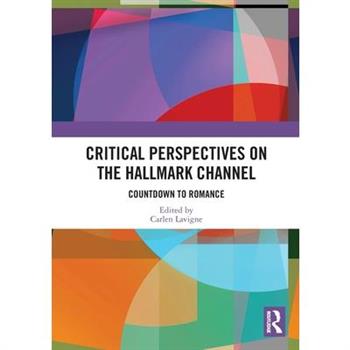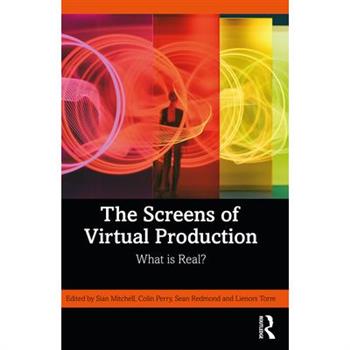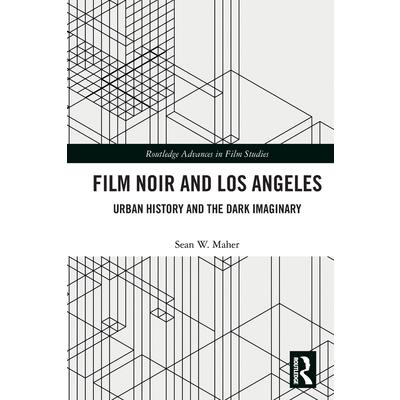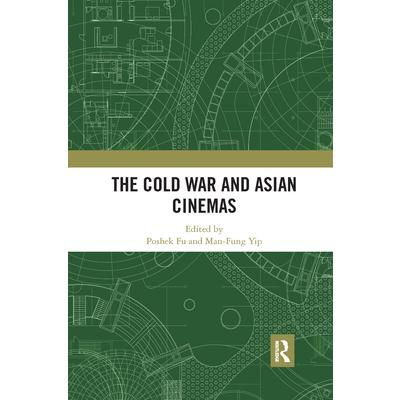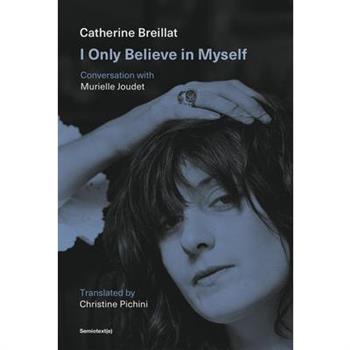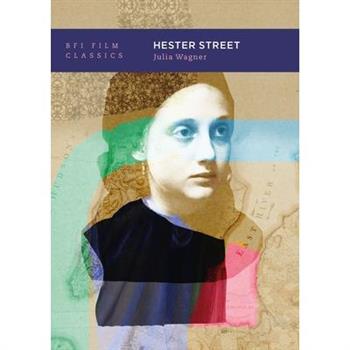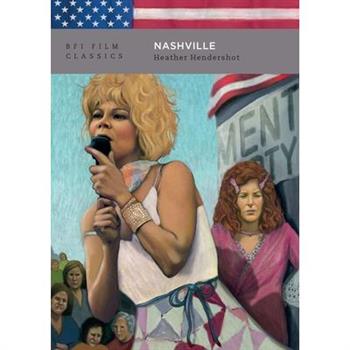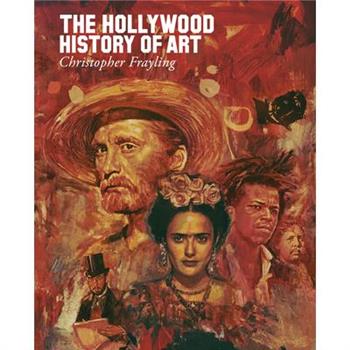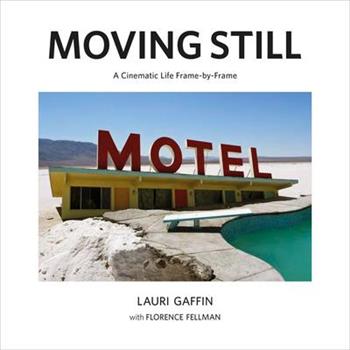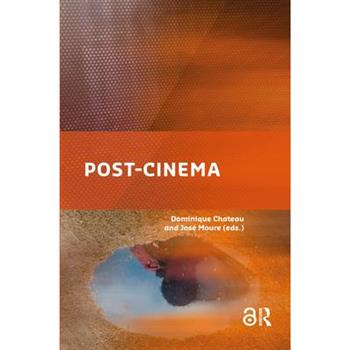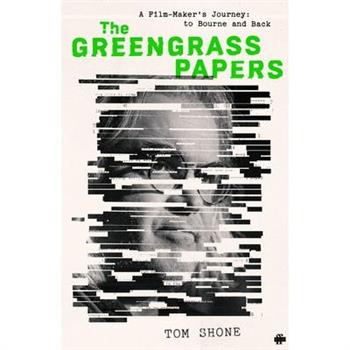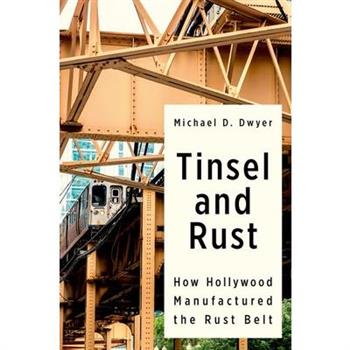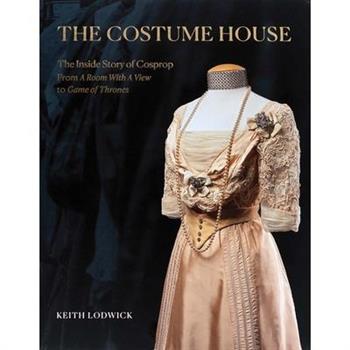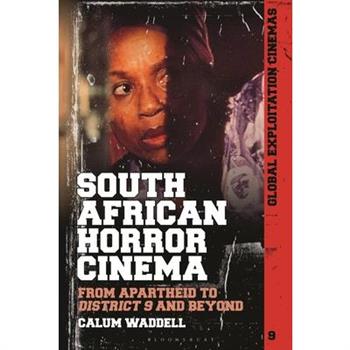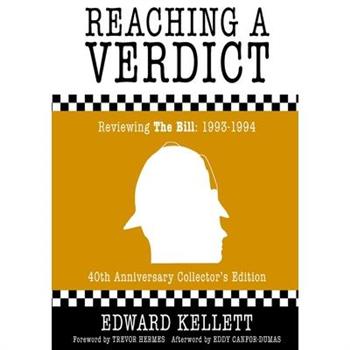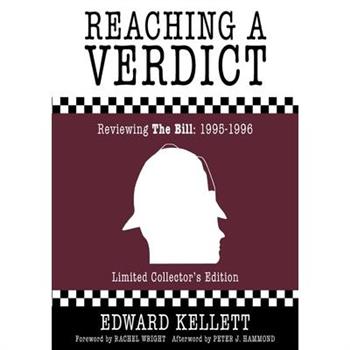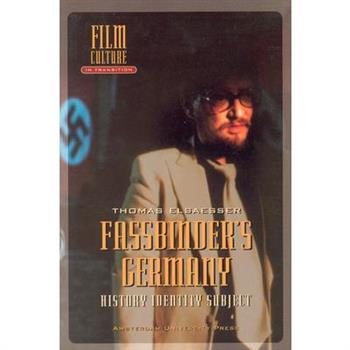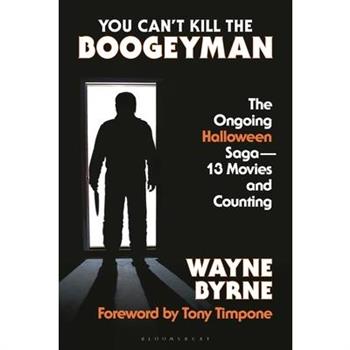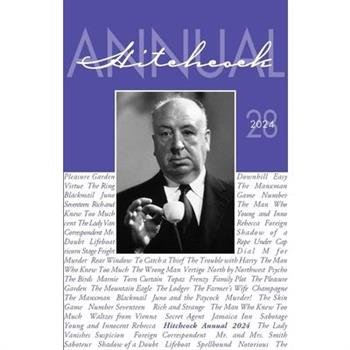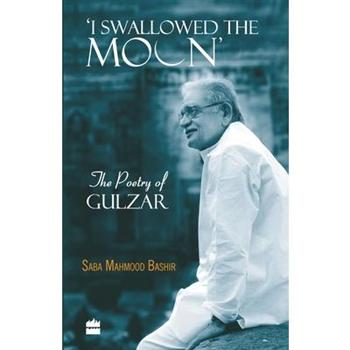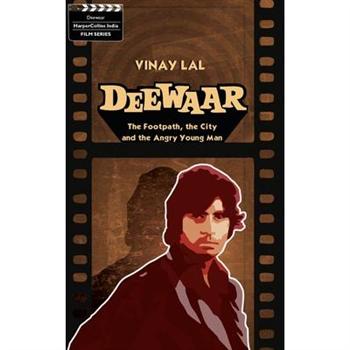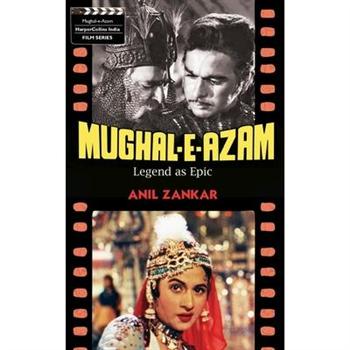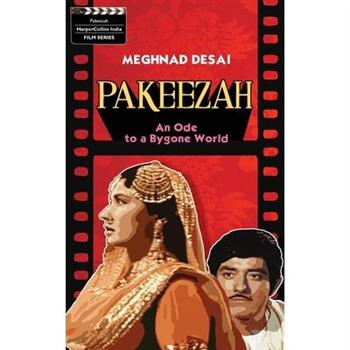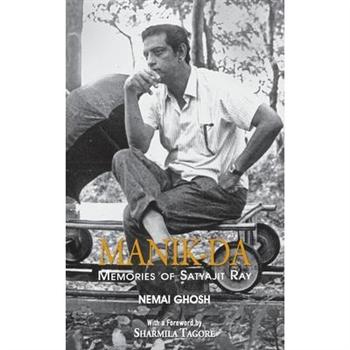Critical Perspectives on the Hallmark Channel
This multinational, multidisciplinary collection of essays focuses on Hallmark Channel movies and Hallmark's position in the changing North American media landscape.
The Screens of Virtual Production
This book is the first dedicated edited collection that explores the virtualization of screen-making processes from pre-production to post-production, while attuning to the aesthetic, ideological and performative contexts upended by these integrated technologies. This book explores what is real in virtual production, as a provocative one, implicitly drawing on the philosophies of the moving image and the recent work on new forms of post-human perceptual realism.This edited collection is divided into the following four themed sections. Section One, It's Always Been Real: Contemporising Virtual Production, addresses the histories of film realism in relationship to visual technologies, providing both a theoretical and philosophical 'anchor' point for the collection, and a necessary genealogy. Section Two, The Body Becomes You: Performing Virtual Production, examines the transformation that occurs in immersive virtual worlds, while also exploring how the body is itself virtualised. Section Three, Skin Deep: Gazing with Virtual Production, addresses the way race, ethnicity, gender and environment are supposedly equalised, and yet are still found to reproduce the colonised looking regimes of western, mainstream screen culture. Section Four, Whose Work? Labouring with Virtual Production, draws together writing that examines the way production processes have been transformed, affecting not only work patterns but the way aesthetics, form and function, operate.This book encompasses many production themes and will appeal to media students and professionals interested in the production of film.
Introduction to Screen Narrative
Bringing together the expertise of world-leading screenwriters and scholars, this book offers a comprehensive overview of how screen narratives work. Exploring a variety of mediums including feature films, television, animation, and video games, the volume provides a contextual overview of the form and applies this to the practice of screenwriting. Featuring over 20 contributions, the volume surveys the art of screen narrative, and allows students and screenwriters to draw on crucial insights to further improve their screenwriting craft. Editors Paul Taberham and Catalina Iricinschi have curated a volume that spans a range of disciplines including screenwriting, film theory, philosophy and psychology with experience and expertise in storytelling, modern blockbusters, puzzle films and art cinema. Screenwriters interviewed include: Josh Weinstein (The Simpsons, Gravity Falls), David Greenberg (Stomping Ground, Used to Love Her), Evan Skolnick and Ioana Uricaru. Ideal for students of Screenwriting and Screen Narrative as well as aspiring screenwriters wanting to provide theoretical context to their craft.
Film Noir and Los Angeles
This book combines film studies with urban theory in a spatial exploration of twentieth century Los Angeles. Configured through the dark lens of noir, the author examines an alternate urban history of Los Angeles forged by the fictional modes of detective fiction, film noir and neo noir. Dark portrayals of the city are analyzed in Raymond Chandler's crime fiction through to key films like Double Indemnity (1944) and The End of Violence (1997). By employing these fictional elements as the basis for historicising the city's unrivalled urban form, the analysis demonstrates an innovative approach to urban historiography. Revealing some of the earliest tendencies of postmodern expression in Hollywood cinema, this book will be of great relevance to students and researchers working in the fields of film, literature, cultural and urban studies. It will also be of interest to scholars researching histories of Los Angeles and the American noir imagination.
The Cold War and Asian Cinemas
This book offers an interdisciplinary, historically grounded study of Asian cinemas' complex responses to the Cold War conflict. It situates the global ideological rivalry within regional and local political, social, and cultural processes, while offering a transnational and cross-regional focus.This volume makes a major contribution to constructing a cultural and popular cinema history of the global Cold War. Its geographical focus is set on East Asia, Southeast Asia, and South Asia. In adopting such an inclusive approach, it draws attention to the different manifestations and meanings of the connections between the Cold War and cinema across Asian borders. Many essays in the volume have a transnational and cross-regional focus, one that sheds light on Cold War-influenced networks (such as the circulation of socialist films across communist countries) and on the efforts of American agencies (such as the United States Information Service and the Asia Foundation) to establish a transregional infrastructure of "free cinema" to contain the communist influences in Asia. With its interdisciplinary orientation and broad geographical focus, the book will appeal to scholars and students from a wide variety of fields, including film studies, history (especially the burgeoning field of cultural Cold War studies), Asian studies, and US-Asian cultural relations.
Fantasy/AnimationConnections Between Media, Mediums and Genres
This book examines the relationship that exists between fantasy cinema and the medium of animation. Animation has played a key role in defining our collective expectations and experiences of fantasy cinema, just as fantasy storytelling has often served as inspiration for our most popular animated film and television. Bringing together contributions from world-renowned film and media scholars, Fantasy/Animation considers the various historical, theoretical, and cultural ramifications of the animated fantasy film. This collection provides a range of chapters on subjects including Disney, Pixar, and Studio Ghibli, filmmakers such as Ralph Bakshi and James Cameron, and on film and television franchises such as Dreamworks' How To Train Your Dragon (2010-) and HBO's Game of Thrones (2011-).
Nashville
Robert Altman's Nashville (1975) is simultaneously an intimate film about interpersonal connection and disconnection, and a sprawling, meandering portrait of American societal exhaustion in the wake of Vietnam, Watergate and a spate of political assassinations. Despite its pessimistic, satirical viewpoint, the film suggests a carefully guarded optimism: 'life may be a one-way street', but one has no choice but to 'keep a' goin'. Heather Hendershot places Nashville in the context of the New Hollywood of the 1970s, which offered a post-censorship anti-hero, the perennial loser. Embracing the new pessimism, Altman's work fits with those of contemporaries such as Martin Scorsese and Peter Bogdanovich, but it also stands apart for its innovative sound design, improvisatory drive, and loose genre commitments. Through a close reading of the five days over which the film takes place, Hendershot unpacks both its political dynamics and the characters' interrelationships and motivations. She highlights Nashville's criticism of the suffering of its female characters, an engagement that springs from Joan Tewkesbury's screenplay, Altman's sensitivity to gendered exploitation (here, if not in all of his pictures), and the role the performers themselves played by improvising and scripting some of their own material.
Lauri Gaffin: Moving Still
A witty, insightful tribute to the art of moviemaking and the transformative power of photographyThis book is a personal portrait of filmmaking from American set decorator Lauri Gaffin. With four decades of experience on set, Gaffin intertwines stunning behind-the-scenes photographs and intimate narrative to provide a rare glimpse into the fascinating world of cinema. The book highlights life on set for indie gems Fargo and The Pursuit of Happyness as well as blockbuster hits such as Charlie's Angels, Iron Man and Thor. Through her photographs and engaging anecdotes, Gaffin unveils the collaborative spirit that binds directors, actors, production designers and crew members together. The contrast of her thriving career and complex emotional life are a through line in the book. Gaffin's photography remains a steadfast beacon of inspiration even as she navigates the demands of production--deadlines, budgets and politics--and her family's escalating turmoil.
Post-Cinema
Post-cinema designates a new way of making films. It is time to ask whether this novelty is complete or relative and to evaluate to what extent it represents a unitary or diversified current. The book proposes to integrate the post-cinema question within the post-art question in order to study the new ways of making filmic images. The issue will be considered at three levels: the impression of post-art on "regular" films; the "relocation" (Casetti) of the same films that can be seen using devices of all kinds in conditions more or less removed from the dispositif of the theater; the integration of cinema into contemporary art in all kinds of forms of creation and exhibition, parallel to the integration of contemporary art in "regular" cinema.
Rewinding the '80s
Take a trip back to your favorite video store with this in-depth journey through the highs and lows of 80s cinema--with profiles of hundreds of films--and how Hollywood studios around the globe reflected a period of cultural change. The movies were flying blind in 1980. "New Hollywood" was over and the era of auteur-driven, personal films that had defined moviemaking since the late '60s came to a symbolic end with Heaven's Gate (1980), replaced by a new world of multiplex blockbusters supported by massive marketing campaigns. But beyond the high-school comedies and hardbody action films came a new wave of cinematic excitement--an era defined by Ferris Bueller's Day Off, Purple Rain, When Harry Met Sally, E.T., and Top Gun, each of which are now classics for a new generation of nostalgic movie lovers. The decade saw works that uniquely captured an era of cultural and technological change, from new indie auteurs to the highs and lows of animation, an emergent LGBTQ+ cinema, the last days of the Cold War, and the explosive impact of MTV. With wit and authority, author John Malahy provides fresh insight about the films, filmmakers, and stars who illuminated each of the exciting new facets of Hollywood throughout the decade. Illustrated with more than 200 full-color photos, Rewinding the '80s is a lively, intelligent, and immersive look at an indelible moment in modern history.
Post-Cinema: The Age of AI
"Billups is Hollywood's baddest pixel-packing cowboy, riding on the fringes of an industry that views him with interest, admiration, and some degree of incomprehension." --WIRED MagazineThe only must-have guide for filmmakers ready to thrive in the Age of AI. POST-CINEMA: THE AGE OF AI isn't just about the future of Hollywood--it's about the future of human expression. AI-generated films, interactive narratives, and virtual actors are only the beginning. As Brain-Computer Interfaces (BCIs), Spatial Media, and Quantum AI take hold, storytelling will evolve beyond the screen, dissolving the boundary between creator and audience, imagination and reality. Scott Billups isn't a theorist--he's been inside the machine. From pioneering virtual actors like Marlon Brando and Marilyn Monroe to building AI-driven filmmaking engines under lock and key at major studios, he's lived the collision of art and artificial intelligence. His Digital Moviemaking series guided Hollywood through its first digital revolution--now, in Post-Cinema, he charts the next one, where AI isn't just a tool but an autonomous force, generating stories, characters, and entire cinematic worlds in real-time. This is still a book about movies--but not the kind you grew up with. The old Hollywood system is being rewritten by algorithms, and the new creative order will be dictated by those who understand the technology shaping it. Whether you're an artist, a technologist, or just trying to grasp the scale of what's coming, Post-Cinema is your front-row seat to the most profound transformation in media history.
Silver Screens
A celebration of the world's most cherished cinemas, from vintage movie houses to quirky start-ups. There is an enduring love for old cinemas. It may have something to do with Maya Angelou's famous quote that '...people will never forget how you made them feel'. Cinemas have been the places where all kinds of emotions have been felt - heartstrings are tugged, fears exposed, and then there is that explosion of joy with a happy ending. Cinemas are a place of communal experience, of first dates, of strong reactions. And you remember them. That's why people hate to see cinemas torn down. Silver Screens is a celebration of movie houses and drive-ins from around the world that continue to show feature films. All cinemas are working and open for business - the book works as a part travel guide featuring a directory of contact addresses so you can visit each one that's listed.There are the wonderful art deco masterpieces, such as the 1938 Rex in Berkhamsted; or the art deco Raj Mandir in Jaipur, India; or the Sun Theatre in Melbourne, an art deco building that now holds eight cinemas each named after a closed Melbourne movie house.There are historic cinemas - such as the Texas Theater, Dallas, where Lee Harvey Oswald was arrested (his seat is flagged). And the Biopic in Chicago where John Dillinger was gunned down as he left.There are the far-flung cinemas from around the globe, the most northerly, the most southerly, the biggest single screen (India), the official smallest cinema (in Italy) the oldest in Britain, the oldest in the World.There are the famous cinemas - such as Mann's Chinese Theater or the Egyptian in Hollywood, or Cine Dore Filmoteca in Madrid which featured in Pedro Almodovar's Talk to Her and Pain & Glory which survived a direct hit from an artillery shell in the Spanish Civil War. So grab your popcorn and settle in. Welcome to the world of Silver Screens, where the magic of cinema lives on.
The Greengrass Papers
Rabble-rouser. Trouble-maker. Speaker of truth to power. Released to coincide with his 13th feature, The Greengrass Papers reveals how Greengrass came to be venerated as a game-changing director. In 2004, Paul Greengrass's adaptation of Robert Ludlum's spy thriller, The Bourne Supremacy, gave the shooting of action films an entirely new cinematic syntax -- urgent, visceral, immersive, immediate -- that everyone rushed replicate, including the Bond and Mission Impossible franchises. A veteran of Granada TV's groundbreaking current affairs programme, World in Action, Greengrass uses documentary techniques to imbue his thrillers and docudramas with the heat and crackle of chaotic, fast-moving, real-life events. This is the first time he has been involved in a book around his work, and he has given exclusive access to Tom Shone to share the story of the revolution he brought to Hollywood filmmaking, which is showcased here alongside never-before-seen behind-the-scenes photographs. As well as a portrait of a filmmaker, The Greengrass Papers is a deep-dive into espionage, assassination and the political violence that Greengrass has laid bare in his films, bringing these worlds to the screen with more visceral power than any other British director working today.
Rear Window
The definitive, in-depth look inside Alfred Hitchcock's Rear Window--the all-time classic of voyeurism, paranoia, and murder that became one of Hollywood's greatest achievements and turned generations of viewers into "a race of Peeping Toms." A must-read for film buffs, Hitchock fans old and new, and fans of classic movies and Hollywood insider history. Before the internet and social media offered voyeuristic glimpses into the lives of others, the acclaimed Master of Suspense, Alfred Hitchcock, exposed the dangers and delights of looking--and knowing--too much in his 1954 masterpiece Rear Window. Widely hailed as one of the greatest films ever made, it stars James Stewart and Grace Kelly at the top of their game but, in an unusual gamble, is shot entirely from within a Greenwich Village apartment . . . Using this limited point of view, Hitchcock forces his audience to participate in his protagonist's voyeuristic impulses and darkest obsessions--a bold move in the era of the Hollywood Blacklist and restrictive Hays Code. But the gamble paid off, and Rear Window became a timeless classic. This eye-opening book goes straight to the source of Rear Window's genius by mining the original papers of Hitchcock, Jimmy Stewart, and Thelma Ritter, revealing little-known facts behind the scenes: Why taking the role of Lisa Fremont was one of the toughest decisions Grace Kelly ever made; How Hitchcock intertwined suspense and romance with inspiration from Ingrid Bergman; How he used a topless scene to distract the censors from other scenes to which they may have objected; and how Hitchcock crafted the film's unforgettable villain, Lars Thorwald, by modeling him on a producer he loathed--the infamous David O. Selznick. Filled with eye-catching photographs, outrageous anecdotes, and delicious details, this exciting book pulls back the curtain on a classic thriller that's as relevant today as ever--and every bit as thrilling.
John Ford at Work
John Ford at Work: Production Histories 1927-1939 explores the evolution of John Ford's career in the Hollywood studio system of the 1930s as the system itself changed in response to the coming of sound and the business downtown instigated by the Depression. Based upon a decade of research utilizing the studio files of Twentieth Century-Fox, RKO and Samuel Goldwyn, it delineates the director's collaborations with the producers, screen- writers, actors and cinematographers that had the most impact on his production practices. It traces the major literary, cinematic and musical sources from which he drew. It considers relevant changes in film technology and seeks to explain how they were incorporated into his style. Films analyzed include 4 Sons, The Black Watch, Arrowsmith, Air Mail, The Lost Patrol, The Informer, Judge Priest, Steamboat Round the Bend, The Prisoner of Shark Island, Wee Willie Winkie, Stagecoach and Young Mr. Lincoln.
Wes Anderson All the Films
This deep dive into the world of Wes Anderson mines the details of the making of every feature-length movie and short film from the beloved director. The films of Wes Anderson are among the most iconic contemporary works of cinema. From Rushmore and The Royal Tenenbaums to The Grand Budapest Hotel and The French Dispatch, his movies are instantly recognizable for their highly stylized visuals, meticulous symmetry, idiosyncratic characters, and offbeat humor. Organized chronologically and covering every short film and movie that Wes has ever directed, Wes Anderson All the Films draws upon years of research to tell the behind-the-scenes stories of how each project was conceived, cast, and produced. The book explores his unique filmmaking style, his use of regular cast members like Owen Wilson and Bill Murray, recurring themes, and the visual and narrative elements that have made him a cult favorite in the world of cinema. Featuring hundreds of vivid photographs that celebrate one of film's most iconic artists, this authoritative guide will delight all Wes Anderson devotees and movie lovers in general.
Hanyo (the Housemaid)
The upwardly mobile Kim family employs a young woman to help manage their new house. Mr. Kim begins an affair with the nameless 'housemaid', who soon drags the entire family into a terrible tragedy... The director Kim Ko-young played a formative part in South Korean cinema's "Golden Age" of the 1960s and 1970s; his 1960 masterpiece, Hanyo (The Housemaid), rescued and restored after almost being lost, is today widely regarded as one of the greatest South Korean films of all time. Directors such as Park Chan-wook, Im Sang-soo, Kim Ki-duk, Ryu Seung-wan and Kim Jee-woon have all praised the film, and Bong Joon-ho has referred to Hanyo as "the Citizen Kane of Korean cinema," citing it as an inspiration for his film, Parasite (2019). In this book, Youngmin Choe argues that Hanyo encapsulates the mood of social change in postwar South Korea during the period of tremendous upheaval and rapid transformation that followed the devastating war, which divided families across the newly formed Cold War boundaries. The housemaid - a figure that Kim Ki-young would explore repeatedly throughout his career - was a young woman driven by greed and envy, a femme-fatale set loose on the middle-class home. A monstrous embodiment of the destructive desires of capitalism, which recklessly eroded the foundations of tradition, this housemaid served as the conscience of a period that otherwise leaned heavily into economic transformation, pointing to the anxiety that undergirded what might be otherwise regarded as a time of 'progress'. Going beyond the traditionalist approaches that resist feminist readings of Hanyo, Youngmin Choe insists that the enduring legacy of Hanyo is both due to its uncanny aesthetics and - though it certainly was not intended to be an explicitly feminist film - in the questions it raises about class mobility, gender oppression and women's work.
South African Horror Cinema
This is the first study to explore South Africa both in horror cinema and as a formidable producer of celluloid scares. From framing the notorious apartheid system as a mental asylum in the ground-breaking and criminally underseen Jannie Totsiens (Jans Rautenbach, 1970) to such seventies exploitation shockers as The Demon (Percival Rubens, 1979) through to the blockbuster hit District 9 (Neill Blomkamp, 2009) and beyond, this book suggests that South Africa should finally obtain its rightful place in the canon of wider genre studies and horror cinema fandom. Taking in the 80s nightmares of Darrell Roodt and concluding with an analysis of the recent boom-period in South African fright-films, including discussion of such contemporary efforts as The Tokoloshe (Jerome Pikwane, 2018) and the Troma-esque leanings of Fried Barry (Ryan Kruger, 2020), South African Horror Cinema focuses on ever-changing identities and perspectives, and embraces the frequently carnivalesque and grotesque elements of a most unique lineage in macabre motion pictures.
Cocktails with George and Martha
"Smart and entertaining . . . Gefter shows why Who's Afraid of Virginia Woolf? hit the '60s like a torpedo." -NPR, Fresh Air "Delicious." -New York Times Book Review The behind-the-scenes story of a provocative play, the groundbreaking film it became, and how two iconic stars changed the image of marriage forever. From its debut in 1962, Edward Albee's Who's Afraid of Virginia Woolf? was a wild success and a cultural lightning rod. It scandalized critics but magnetized audiences. Across 644 sold-out Broadway performances, the drama demolished the wall between what could and couldn't be said on the American stage and marked a definitive end to the I Love Lucy 1950s. Then, Hollywood took a colossal gamble on Albee's sophisticated play-and won. Costarring Elizabeth Taylor and Richard Burton, the sensational 1966 film minted first-time director Mike Nichols as industry royalty and won five Oscars. How this scorching play became a movie classic-surviving censorship attempts, its director's inexperience, and its stars' own tumultuous marriage-is one of the most riveting stories in all of cinema. Marfield Prizewinner Philip Gefter tells that deliciously entertaining story in full for the first time, tracing Woolf from its hushed origins in Greenwich Village's bohemian enclave, through its tormented production process, to its explosion onto screens and its permanent place in the canon of American cinema. This deliciously entertaining book explores how two couples-one fictional, one all too real-forced a nation to confront its most deeply held myths about relationships, sex, family, and, against all odds, love.
You Can't Kill the Boogeyman
You Can't Kill the Boogeyman: The Ongoing Halloween Saga - 13 Movies and Counting is a cultural and critical examination of the legendary Halloween film franchise, considering the style, themes, and development of the series within temporal and industrial contexts. Through candid conversations with author Wayne Byrne, a variety of directors, screenwriters, cinematographers, composers, and actors from across the Halloween films offer exclusive insights into their careers, their unique aesthetic approaches, and their experiences of working on one of the most celebrated horror franchises within the history of American Cinema.
Ray Milland
Ray Milland (1907-1986) was the inaugural Welshman to win the Best Actor Academy Award, as well as a performer boasting a rich and varied oeuvre from the silent era in 1920s Britain to New Hollywood in the 1980s. Despite being one of the most prolific actors in cinema history who left behind a legacy of almost 180 film and television appearances across seven different decades, Milland remains a somewhat forgotten figure of cinematic history. Ray Milland: Identity, Stardom, and the Long Climb to "The Lost Weekend" fills this void in scholarship by offering a detailed examination of Milland as one of Hollywood's most durable and fascinating performers of the studio era. The volume begins by exploring Milland's unique Welsh identity in Hollywood, which was essentially erased by the studios. It then turns to his underexplored early career at MGM prior to signing with Paramount Pictures, where he remained for over two decades. Author Gillian Kelly discusses his early roles as a stereotypical "Brit" in Hollywood as well as his "stardom years" at Paramount where he often provided support for the studio's leading ladies, including Claudette Colbert, Dorothy Lamour, and Paulette Goddard. A chapter is dedicated to his Oscar-winning performance in The Lost Weekend, and important later films like Dial M for Murder and Love Story also receive detailed analysis. Overall, Ray Milland provides a reappraisal of Milland's earlier career and situates his performances within the broader tradition of star studies.
Ray Milland
Ray Milland (1907-1986) was the inaugural Welshman to win the Best Actor Academy Award, as well as a performer boasting a rich and varied oeuvre from the silent era in 1920s Britain to New Hollywood in the 1980s. Despite being one of the most prolific actors in cinema history who left behind a legacy of almost 180 film and television appearances across seven different decades, Milland remains a somewhat forgotten figure of cinematic history. Ray Milland: Identity, Stardom, and the Long Climb to "The Lost Weekend" fills this void in scholarship by offering a detailed examination of Milland as one of Hollywood's most durable and fascinating performers of the studio era. The volume begins by exploring Milland's unique Welsh identity in Hollywood, which was essentially erased by the studios. It then turns to his underexplored early career at MGM prior to signing with Paramount Pictures, where he remained for over two decades. Author Gillian Kelly discusses his early roles as a stereotypical "Brit" in Hollywood as well as his "stardom years" at Paramount where he often provided support for the studio's leading ladies, including Claudette Colbert, Dorothy Lamour, and Paulette Goddard. A chapter is dedicated to his Oscar-winning performance in The Lost Weekend, and important later films like Dial M for Murder and Love Story also receive detailed analysis. Overall, Ray Milland provides a reappraisal of Milland's earlier career and situates his performances within the broader tradition of star studies.
I Swallowed the Moon
A comprehensive analysis of the work of one of India's foremost poets Gulzar is arguably the most well-known contemporary poet writing in Hindustani. As a poet he occupies a unique place being a Progressive poet in a popular culture. His poetry appeals to all strata of society, without compromising either on literary merit or on its ability to convey the most exalted thought in an accessible idiom. In 'He Swallowed the Moon', Saba Bashir attempts to analyse what makes Gulzar the poet he is. What is his signature style? What are the issues that concern his poetry and what are the recurrent images in it? She also draws a parallel between the poet's film and non-film poetry and points out how they are used interchangeably. Including the most comprehensive list of all Gulzar's poems, film and non-film songs, this is a valuable addition to the corpus of work on a great poet.
Deewar
Yash Chopra's 1975 film, Deewaar, one of the most iconic and influential works of superstar Amitabh Bachchan, has been (to borrow a line from the film itself) the 'lambi race ka ghoda', enjoying a nearly unrivalled popularity in the long history of Hindi cinema. Its remarkable plot, crisp dialogues and epic narrative structure, revolving around the familiar story of two brothers whose paths diverge and lead to a fatal collision, have endeared it to millions. And its most famous line, 'Mere paas ma hai', has been endlessly imitated, parodied and referenced in cinematic and cultural works. However, as Vinay Lal demonstrates in his study of Deewaar, the film lends itself to much more complex readings than is commonly imagined. Examining it in the context of the history of Hindi cinema, the migrations from the hinterland to the city, and the political and socio-economic climate of the early 1970s, he draws attention to Deewaar's dialectic of the footpath and skyscraper, the mesmerizing presence of the tattoo, the frequent appearance of the signature and the film's deep structuring in mythic material. In doing so, he assesses Deewaar's unique space in popular Indian culture as much as world cinema.
Mughal-e-Azam
A brilliant study of one of the greatest epics of Indian cinema Mughal-e-Azam (1960) embodies grandeur in Indian cinema like no other film. The imagination and hard work of the makers is evident in every scene. The gigantic setting, the great performances, the poetic language, the brilliant technical quality and the sublime music contribute to its enduring appeal. However, Mughal-e-Azam is much more than just lavish entertainment. The movie takes a historical legend and converts it into a film epic that is enriched by several artistic and cultural traditions. The film also corresponds to the progressive ideas that defined the first decade of independent India. In Mughal-e-Azam: Legend as Epic, film-maker and scholar Anil Zankar unravels its cinematic strength through an understanding of the script, mise en scene, music and the nature of the conflict in the film.
Pakeezah
Meghnad Desai tracks the film's tortuous journey and reveals fascinating, little-known aspects of it. He foregrounds the craftsmanship, perseverance and perfectionism of its maker, Kamal Amrohi, who would wait weeks for the perfect sunset. Desai sees the film as a 'Muslim social' set in a 'Lucknow of the Muslim imagination', as a woman-centric film with a dancing heroine at a time when they were a rarity and above all, as a film that harkes back to an era of 'nawabi culture with its exquisite tehzeeb', a world that is lost forever. Pakeezah: An Ode to a Bygone World is a fitting tribute to a film that Meghnad Desai calls 'a monument to the golden age of Hindustani films'.
Gangs Of Wasseypur
Running close to five hours and thirty minutes and boasting of no big stars, Gangs of Wasseypur is unlike any Hindi film you might have watched.It is also one of the most feted Hindi films of recent times in international circles. It has been spoken of as India's answer to landmark gangster films of the west, like The Godfather. In Gangs of Wasseypur: The Making of a Modern Classic, the authors go behind the scenes through its chaotic gestation to bring to life the trials and tribulations, the triumphs and ecstasies involved in following one's dream. Including the complete screenplay, the book is as much a testimony to the spirit of everyone associated with the film as it is a tribute to the intellectual honesty and indefatigable spirit of its director, Anurag Kashyap.
Manik Da
Satyajit Ray, known to his intimates as Manik-da, remains India's most respected name in international film circles. This book reveals in its simplicity the ease and camaraderie between Satyajit Ray, one of India's finest film-makers, and Nemai Ghosh, photographer extraordinaire. Manik-da is the latter's endeavour to depict the man behind the director's mask. Ghosh first worked with Ray on Goopy Gyne Bagha Byne, and Ray immediately found in him a kindred spirit who intuitively understood his requirements - and whom he understood. Thus was formed a partnership that spanned over a quarter of a century. In the process, Ghosh was able to photograph Ray at work and play, capturing on film the many moods of the master director. This nuanced and lucid translation from the Bengali original, which includes a perceptive Foreword by Sharmila Tagore, presents to the English reader Ghosh's thoughts on Ray with over fifty exquisite, never-before-seen photographs.




